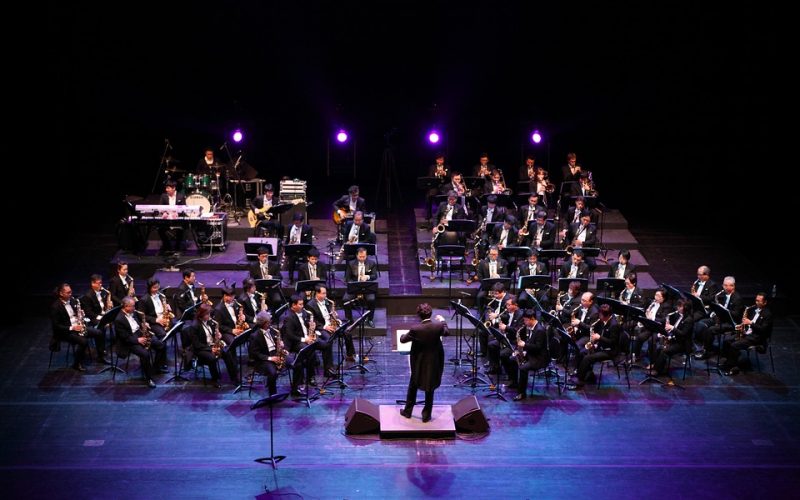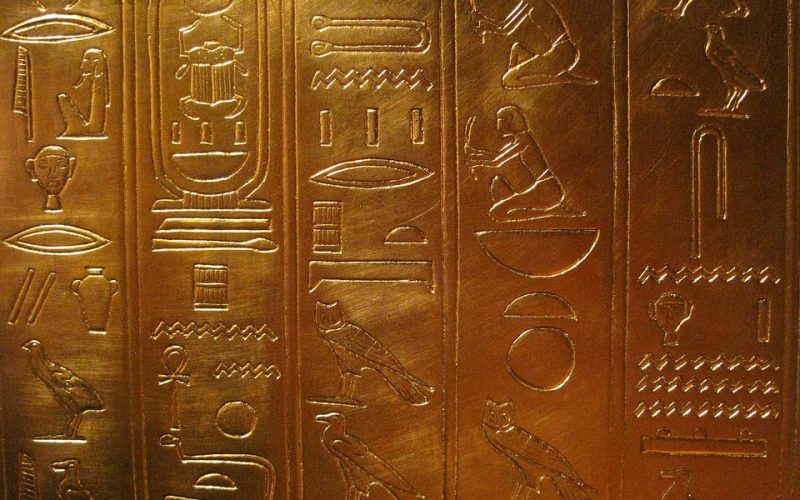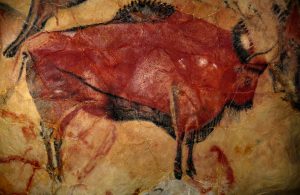People need to feel they belong to a group because it helps to define who they are as a person. Geographical areas are important, but the basis for many people is the society where they were raised. Identifying with a group of people is the ability to share the same ideas and concepts with others. Part of this is represented in the world of art. Those who come from the same area experience the same environment. Many artists take their inspiration from their surroundings.
For adults, cultural art museums may be a way to reconnect with their origins. The global world has made the interchange of ideas and environments a fusion in modern life. Museums provide an important link for those who need a connection to their cultural roots. No two groups of people, even those geographically close, will have exactly the same history or culture. These concepts are developed within a close group. Art is a representation of this closeness and its definitions. It brings a group of people together.
Children generally enjoy art museums for their color and as a trip out for a day. Starting children at a young age helps them to grow up appreciating their cultural heritage and the art forms it produces. Many schools have made it a regular habit to take children on field trips to local museums. The children then grow up with a way to help identify with their local culture. It also assists the children to see physical examples of art. They learn to explore this subject as more than a collection of dry words on paper. The world of art brings their history and culture alive.
There are many reasons to have cultural art museums. Local residents are able to enjoy the representations of this shared history and the art forms it has produced. Children have the ability to truly understand their culture and the history that produced it. Best of all, cultural museums can be shared with people who are not from the area. These displays define the history of a group of people and make it easier for outsiders to understand their way of life.


















